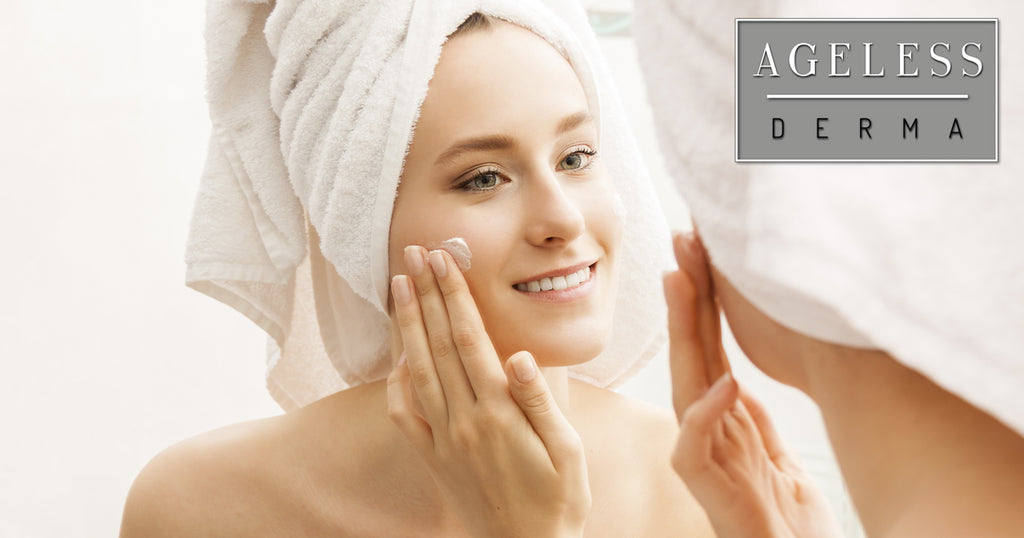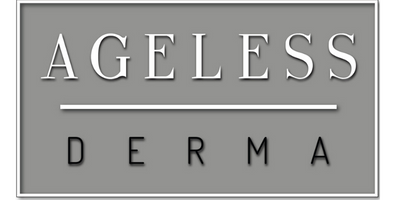
Many people suffer from hyperpigmentation caused by skin disorders such as acne, eczema, or allergic contact dermatitis. It can also be caused by excessive exposure to the sun, normal aging, birthmarks, or freckles. Whatever the cause, hyperpigmentation can be very unattractive especially on the face as it causes uneven skin tones that are sometimes difficult to cover with makeup. In Japan, kojic acid has been used extensively as a skin lightener for hyperpigmentation.
What are the Benefits of Kojic Acid? Is kojic acid safe
Kojic acid is currently used in many skincare products that bleach or lighten the skin. It is a topical treatment found in creams, lotions, and soaps. The concentration level is usually 1% to 4%; higher levels can cause irritation to the skin. While a good product for reducing freckles and age spots, kojic acid might not be the best choice for more pervasive levels of hyperpigmentation
Where Do You Get Kojic Acid?
Kojic acid is naturally derived from a fungus and blocks the enzyme tyrosinase—an important element in the production of melanin. Kojic acid combats and stops the production of melanin right at its root and counteracts the antioxidant properties of tyrosinase, thereby reversing excessive darkening of the skin.
You can buy kojic acid in its raw form, but that is not recommended, as it may cause damage to the skin if not diluted in a gel or cream. Although the Japanese safely consume kojic acid in their daily diet, it can cause irritation when used directly on the skin. Skincare products containing kojic acid can be found in department stores, skincare stores, and online.
Is kojic acid safe
Overall, kojic acid is very effective as a whitening agent to bleach the skin or reduce brown spots and other hyperpigmentation issues, and it is found in many skincare products formulated for this purpose. It is also used in some food products.
It has been known to cause mild to severe skin irritation in some people and excessive use can cause contact dermatitis for people with some skin types. This may manifest as itchy skin, a rash, or redness. Kojic acid can become unstable if exposed to air or sunlight so some products use a compound kojic dipalmitate that is more stable but less effective.
Often kojic acid is combined with other ingredients to aid in the lightening process and to minimize skin irritations. For example, vitamin C is often combined with kojic acid to provide more even skin tones and protection from the UVA and UVB rays of the sun.
Recommended Usage of Kojic Acid
Before using skincare products with kojic acid, you should consult a dermatologist to discuss your hyperpigmentation issues and create a treatment strategy. You should always use a broad spectrum sunscreen when you use any kojic acid products as they may make the skin more sensitive to the sun and hyperpigmentation could worsen without protection.
Kojic acid cream should only be applied to areas of hyperpigmentation, or darkened areas of the skin. It can have an undesirable effect if used on normal skin. Allow the kojic acid cream to absorb into the skin completely before applying any other product or makeup on top of it.
Kojic acid skincare products take time to produce visible results and may take up to six months or more to deliver the lightening effects you are looking for. If any skin irritation occurs, you should stop using the product immediately and contact your physician or dermatologist for advice.
Liquid error (templates/article line 10): Could not find asset snippets/relatedblogs.liquid
